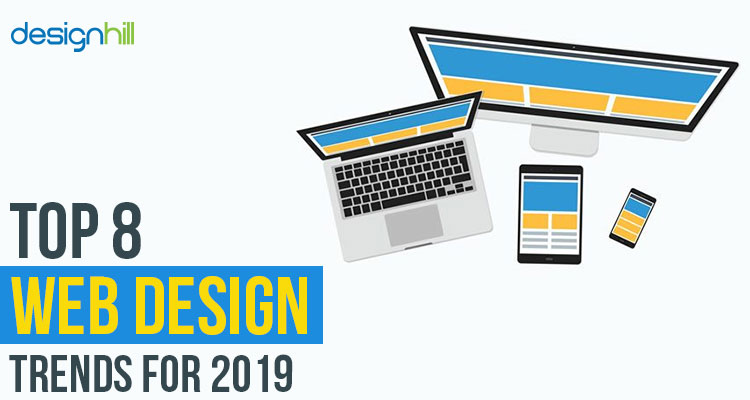Intrigued In Finding Out How Internet Site Design Has Transformed Over The Years? Explore The Trip
Intrigued In Finding Out How Internet Site Design Has Transformed Over The Years? Explore The Trip
Blog Article
https://www.techiexpert.com/tips-for-increasing-online-sales-with-ecommerce-digital-marketing/ -Rasmussen Hyldgaard
In the past, web sites were easy and concentrated on information. Navigating was straight, and layout was for desktop computers. Now, user experience is essential. Data guides designs for very easy navigation. Receptive formats fit different tools. Today, dark mode lowers stress, and minimal menus boost navigation. Interactive attributes involve individuals, and bold visuals stick out. AI assimilation boosts involvement. See how layout has advanced to enhance your on the internet journey.
Very Early Days of Web Design
In the very early days of website design, simpleness reigned supreme. Internet sites were fundamental, with minimal colors, fonts, and designs. The emphasis got on giving info rather than fancy visuals. Users accessed the web through slow dial-up links, so speed and performance were key.
Navigation menus were straightforward, normally located on top or side of the web page. Web sites were made for desktop, as mobile browsing wasn't yet common. Content was king, and developers prioritized very easy readability over intricate style aspects.
HTML was the main coding language utilized, and designers needed to function within its restrictions. Animations and interactive functions were marginal compared to today's requirements. Web sites were static, with little dynamic material or individualized customer experiences.
Increase of User-Focused Design
With the advancement of web site design, a change in the direction of user-focused style concepts has ended up being significantly famous. Today, developing websites that prioritize individual experience is important for engaging visitors and achieving company goals. User-focused design entails understanding the demands, choices, and habits of your target audience to tailor the website's format, web content, and includes accordingly.
Designers now perform extensive research, such as customer studies and functionality testing, to collect understandings and responses directly from users. This data-driven technique aids in creating user-friendly navigating, clear calls-to-action, and visually appealing user interfaces that resonate with site visitors. By placing the user at the facility of the style process, sites can supply a much more tailored and enjoyable experience.
Responsive design has actually also become a key aspect of user-focused design, making certain that internet sites are maximized for numerous gadgets and display sizes. This adaptability enhances availability and functionality, catering to the varied means individuals interact with sites today. In essence, the surge of user-focused style represents a change in the direction of developing digital experiences that prioritize the needs and expectations of completion customer.
Modern Trends in Web Design
Explore the latest trends forming website design today. One prominent fad is dark mode style, offering a smooth and modern-day appearance while lowering eye stress in low-light settings. Another key pattern is minimal navigation, simplifying menus and enhancing individual experience by concentrating on essential elements. Including micro-interactions, such as computer animated switches or scrolling impacts, can develop a much more engaging and interactive internet site. Responsive layout stays essential, ensuring seamless individual experiences across various gadgets. Furthermore, making use of strong typography and unbalanced designs can add visual interest and accentuate certain web content.
Integrating AI innovation, like chatbots for client support or tailored suggestions, improves user engagement and streamlines procedures. Accessibility has also become a significant fad, with developers prioritizing comprehensive design methods to accommodate varied individual demands. Accepting sustainability by enhancing site performance for rate and efficiency is another emerging fad in web design. Collaborating with customer comments and data analytics to repeat and enhance style continuously is important for staying pertinent in the ever-evolving electronic landscape. By accepting these modern fads, you can produce an aesthetically appealing, user-friendly website that reverberates with your audience.
Conclusion
As you assess the advancement of website design from the early days to now, you can see how user-focused style has actually ended up being the driving pressure behind modern fads.
Accept the trip of modification and adaptation in website design, constantly maintaining the user experience at the center.
Keep existing with the most up to date trends and modern technologies, and never ever stop developing your strategy to create aesthetically spectacular and straightforward web sites.
Progress, adjust, and create - the future of website design is in your hands.
